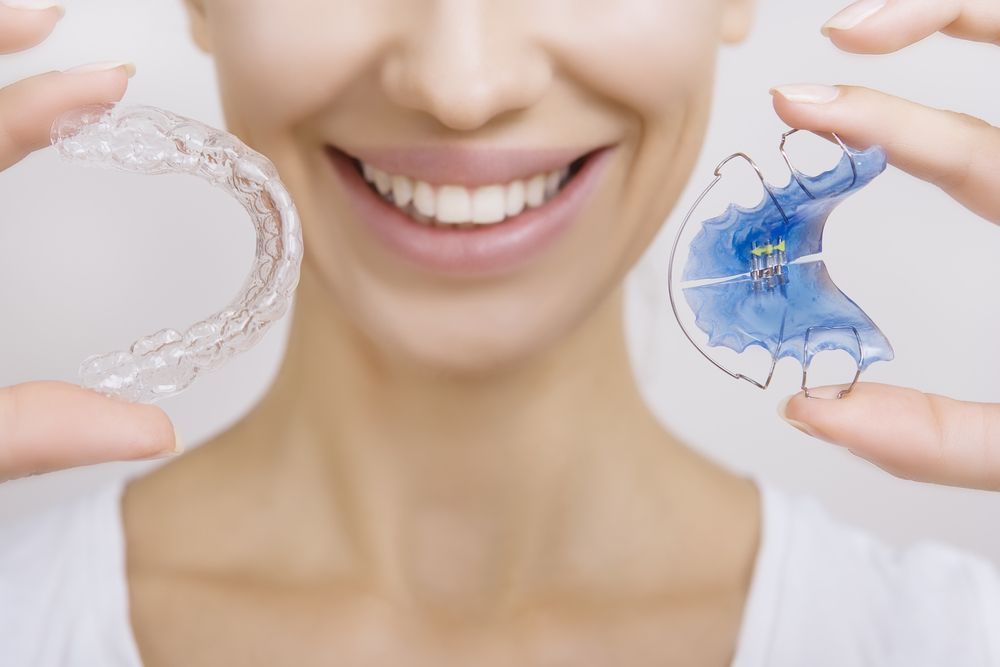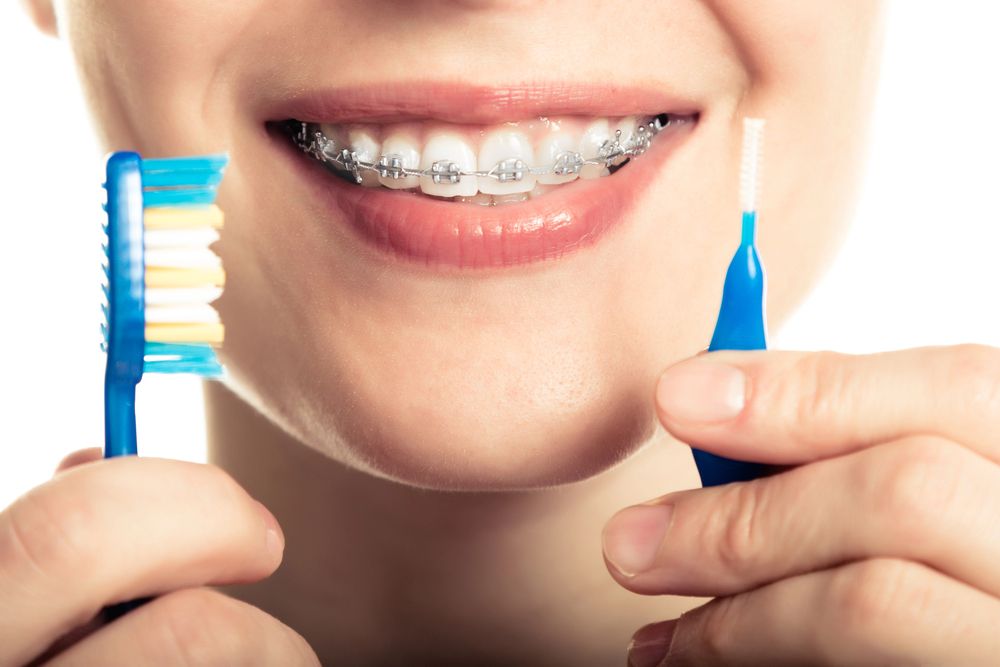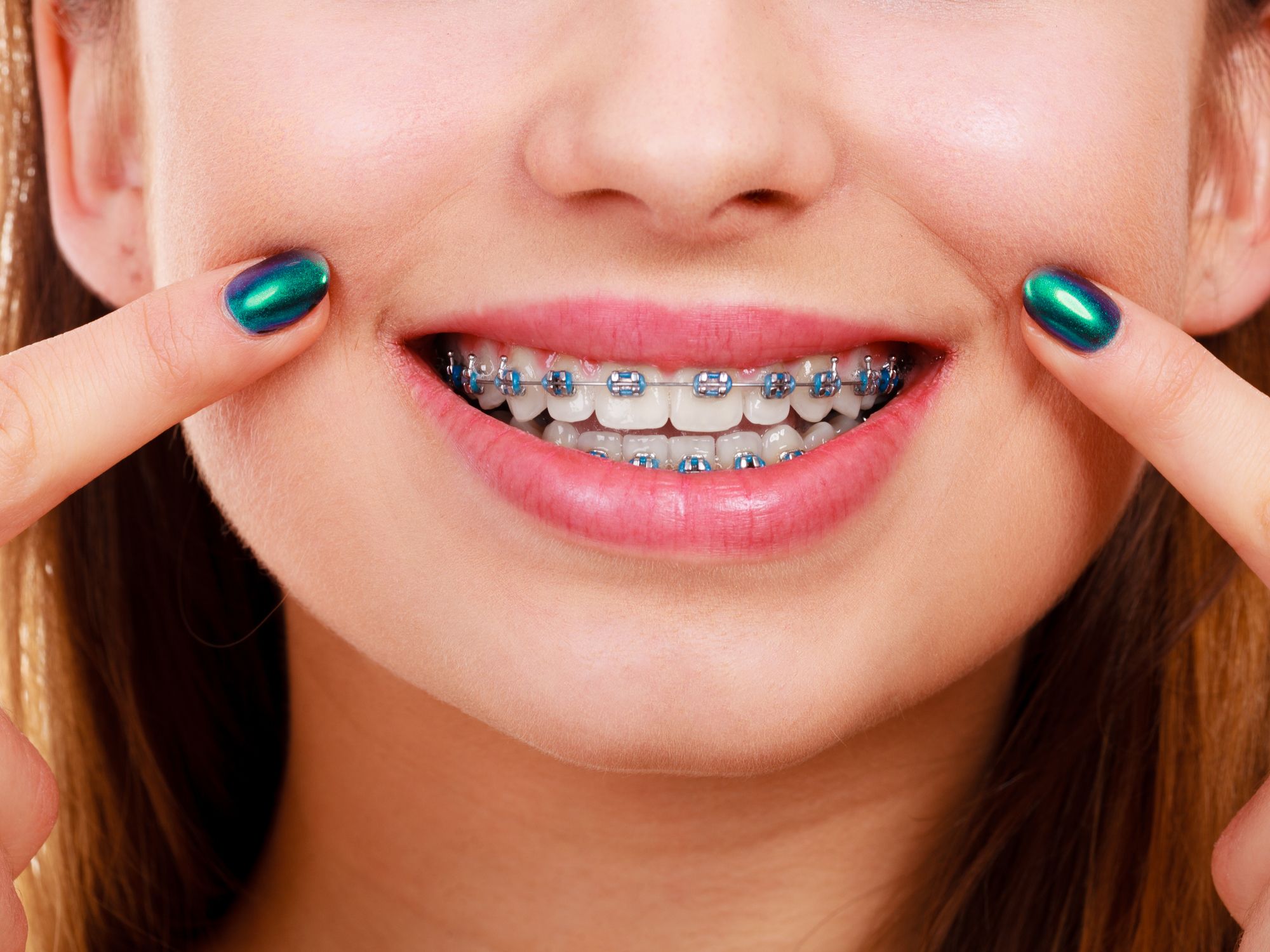Orthodontist in Woodlands, TX, Explains: Why do teeth move after orthodontic treatment?
Completing orthodontic treatment is an exciting milestone, but many patients are surprised to discover that their teeth can still shift after completing braces or clear aligner therapy. This movement, known as relapse, is a common occurrence and can be frustrating after months or even years of treatment. Our orthodontist in Woodlands, TX, is here to explain why relapse happens.
Whether you want to start orthodontic treatment or maintain your hard-earned results, the team at Harmony Orthodontics has your back. Contact our orthodontist in Woodlands, TX, at (832) 699-3683 to see how we can bring life, joy, and harmony to your smile!
The Dynamics of Tooth Movement
Orthodontic treatments work by applying gentle, consistent pressure on teeth, guiding them into their ideal positions. This process involves remodeling the bone around the teeth, which makes it flexible enough for the teeth to move.
However, once this pressure is removed, the bone begins to solidify, but this process takes time. During this period, teeth are prone to shifting back to their original positions due to the elastic memory of the surrounding tissues, particularly the periodontal ligaments.
The Role of Periodontal Ligaments
Periodontal ligaments are connective tissues that attach the teeth to the surrounding bone. Without a stabilizing force, such as a retainer, these ligaments can pull the teeth back toward their original positions.
Natural Forces and Habits
Orthodontic treatment realigns teeth, but it doesn’t eliminate the natural forces that act on them. So, apart from the biological memory of teeth, natural forces like chewing and habits such as tongue thrusting or teeth grinding can influence tooth movement over time.
The Importance of Retainers
To combat shifting teeth, our orthodontist in Woodlands, TX, prescribes retainers. These custom-made devices hold teeth in their new positions, allowing the surrounding bone and tissues to stabilize.
Generally, there are two types of retainers: fixed and removable. Fixed retainers attach directly to the backs of teeth, providing continuous support. Removable retainers, on the other hand, can be taken out, which increases the risk of relapse. Indeed, 40% of removable retainer wearers experience relapse, making proper retainer wear and adherence a must.
How Long Should Retainers Be Worn?
Generally, our orthodontist in Woodlands, TX, recommends wearing retainers full-time for the first few months post-treatment. After approximately six months of continuous wear, patients can then transition to nighttime wear indefinitely.
Consistent retainer use is crucial for long-term stability, and neglecting this can lead to relapse.
Maintaining Orthodontic Results
To ensure lasting results, it’s essential to follow Dr. Tun’s recommendations for retainer wear and care. Regular dental check-ups, good oral hygiene, consistent retainer wear, and treating certain conditions (like teeth grinding or TMJ pain) can keep teeth aligned, healthy, and functional for life.
Meet Our Orthodontist in Woodlands, TX, Today!
It’s normal for teeth to move after orthodontic treatment, but retainers can preserve your hard-earned results. So, keep your smile aligned for years to come with Dr. Wint Tun at Harmony Orthodontics today. Easily schedule appointments with our orthodontist in Woodlands, TX, here or at (832) 699-3683.









